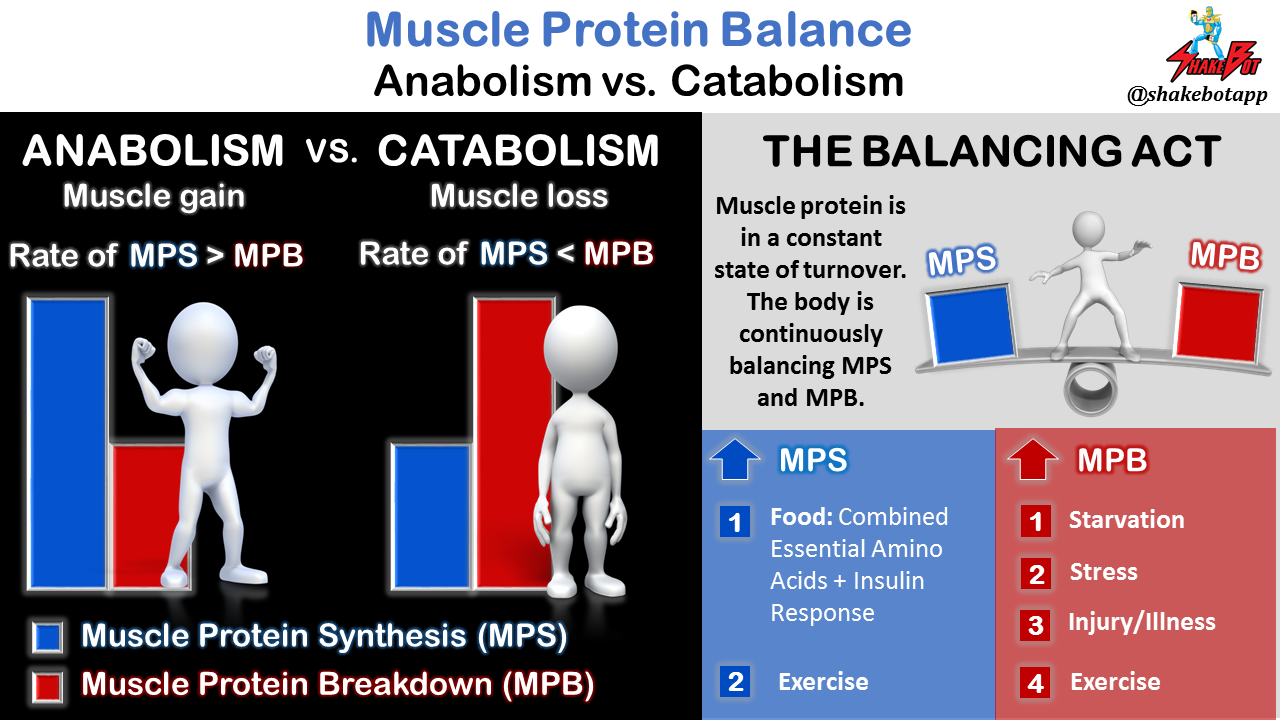Gotu kola, or Centella Asiatica, is a plant that has, traditionally, been commonly cultivated in Asian countries [1, 2], and is on the Thailand National List of Essential Medicines for its antipyretic (fever reducing) and wound healing properties [3].
How Gotu Kola Works: Acetylcholine and Acetylcholinesterase
Acetylcholine (ACh) is the most plentiful neurotransmitter in the body, playing pivotal roles in both the peripheral and central nervous systems [4]. ACh acts as a messenger in the brain, delivering messages from one part of the brain to another. In the periphery, ACh transmits signals from neurons to skeletal muscles to create or disable physical action [5, 6]. In the central nervous system, ACh primarily facilitates learning, memory, arousal, and neuroplasticity, and is also involved with engaging sensory functions upon waking, assisting in concentration, and performing as part of brain’s reward system [5, 6].
Acetylcholinesterase (AChE) is an enzyme that catalyzes the breakdown of Acetylcholine (ACh), [7]. In essence, AChE inhibits ACh, which reduces ACh activity. Reduced ACh activity can potentially disrupt functions that require ACh, such as those previously mentioned: learning, memory, neuroplasticity, and muscle activity [7]. A common method for promoting sustained ACh activity is to inhibit AChE (the ACh inhibitor). Substances that inhibit AChE are called acetylcholinesterase inhibitors, or AChEIs. Within minutes, inhibition of AChE (via AChEIs) leads to excess ACh at neuromuscular synapses and continued activation of acetylcholine receptors [8]. Controlled application of AChEIs is used to increase synaptic levels of acetylcholine in diseases that are associated with impaired acetylcholine neurotransmission/activity, such as Alzheimer’s disease and myasthenia gravis [9, 10].
Why does this matter? Centella asiatica, also known as asiatic pennywort or gotu kola, is a natural AChEI, or acetylcholinesterase inhibitor [11]. In other words, when ingested, gotu kola promotes ACh activity.

What the Research Says
In addition to wound healing, gotu kola has been reported to elicit a myriad of other biological properties that may be desired for human health, including anti-inflammatory, antipsoriatic, antiulcer, hepatoprotective, anticonvulsant, sedative, immunostimulant, cardioprotective, antidiabetic, cytotoxic and antitumor, antiviral, antibacterial, insecticidal, antifungal, and antioxidant [12]. These investigations are limited and have been predominantly performed in animal models; there’s a paucity of research conducted in humans.
A few human trials have reported cognitive enhancements, however [13, 14]. One study found that 750-1000 mg/day of gotu kola may improve memory in healthy, older individuals [14], and those with cognitive impairments following a stroke [15]. When ingested daily for at least 2 months in moderate doses (~750 mg/day), improvements in alertness and calmness have been observed [11]. This may help facilitate cognitive function by improving working memory, attention, concentration, executive function, information processing speed, and memory capacity by reducing the time to solve problems [11]. However, when the entirety of research was examined in a recent meta-analysis, it was concluded that the total body of evidence does not support beneficial effects of gotu kola, alone, on cognitive function [11]. Although these recent meta-analytic findings suggest there is no strong evidence to support the effect of gotu kola alone on overall cognitive function improvement, it may facilitate improvements in working memory [11].

When combined with other herbs, the aforementioned meta-analysis suggests that there’s potential for gotu kola to help to improve attention and concentration, executive function, information processing speed, and mood via improved self-reported alertness and reduced self-reported anger [11]. However, methods included in this meta-analysis lacked standardization and a large range of dosages (40-12,000 mg/day) within the clinical trials investigated were used. These discrepancies limit the application of the meta-analytic findings [11]. Only two included studies [16, 17] investigated cognitive outcomes with high daily doses of gotu kola (>3g/day), while the rest used lower doses. In the future, well-designed clinical trials using standardized doses of gotu kola products are warranted to evaluate the effects of gotu kola on cognitive function, mood, as well as evaluate its safety [11].
Summary
Gotu kola is marketed to reduce skin inflammation, increase energy levels, and aid in recovery from injuries such as sprains and strains [18]. Although the latter two purported effects may be of interest to athletes, no research has been published to support these claims [18]. Currently, there is no high-quality evidence suggesting gotu kola is efficacious in athletes or ergogenic for athletic performance. The International Olympic Committee agrees with this notion as their recent supplement recommendations for high performance athletes does not include gotu kola [19].
Enjoying the Content?
Instantly become an important part of the Shakebot community by connecting with me on social media:




Reference
- Brinkhaus, B., Lindner, M., Schuppan, D. and Hahn, E.G., 2000. Chemical, pharmacological and clinical profile of the East Asian medical plant Centella aslatica. Phytomedicine, 7(5), pp.427-448.
- James, J.T. and Dubery, I.A., 2009. Pentacyclic triterpenoids from the medicinal herb, Centella asiatica (L.) Urban. Molecules, 14(10), pp.3922-3941.
- National Drug Committee. The national list of essential drug, A.D. 2015 [in Thai], http://www.nlem.in.th (2015).
- VandenBos, G.R., 2007. APA dictionary of psychology. American Psychological Association.
- Colman, A.M., 2015. A dictionary of psychology. Oxford University Press, USA.
- Picciotto, M.R., Higley, M.J. and Mineur, Y.S., 2012. Acetylcholine as a neuromodulator: cholinergic signaling shapes nervous system function and behavior. Neuron, 76(1), pp.116-129.
- Downes, G.B. and Granato, M., 2004. Acetylcholinesterase function is dispensable for sensory neurite growth but is critical for neuromuscular synapse stability. Developmental biology, 270(1), pp.232-245.
- Karalliedde, L., 1999. Organophosphorus poisoning and anaesthesia. Anaesthesia, 54(11), pp.1073-1088.
- Ballard, C.G., 2002. Advances in the treatment of Alzheimer’s disease: benefits of dual cholinesterase inhibition. European neurology, 47(1), pp.64-70.
- Engel, A.G., Ohno, K. and Sine, S.M., 2003. Neurological diseases: Sleuthing molecular targets for neurological diseases at the neuromuscular junction. Nature Reviews Neuroscience, 4(5), p.339.
- Puttarak, P., Dilokthornsakul, P., Saokaew, S., Dhippayom, T., Kongkaew, C., Sruamsiri, R., Chuthaputti, A. and Chaiyakunapruk, N., 2017. Effects of Centella asiatica (L.) Urb. on cognitive function and mood related outcomes: A Systematic Review and Meta-analysis. Scientific Reports, 7(1), p.10646.
- Orhan, I.E., 2012. Centella asiatica (L.) Urban: from traditional medicine to modern medicine with neuroprotective potential. Evidence-based complementary and alternative medicine, 2012.
- Dev, R.D.O., 2009. Comparison on cognitive effects of Centella asiatica in healthy middle age female and male volunteers. Annals of Nutrition and Metabolism, 55, p.709.
- Wattanathorn, J., Mator, L., Muchimapura, S., Tongun, T., Pasuriwong, O., Piyawatkul, N., Yimtae, K., Sripanidkulchai, B. and Singkhoraard, J., 2008. Positive modulation of cognition and mood in the healthy elderly volunteer following the administration of Centella asiatica. Journal of ethnopharmacology, 116(2), pp.325-332.
- Farhana, K.M., Malueka, R.G., Wibowo, S. and Gofir, A., 2016. Effectiveness of gotu kola extract 750 mg and 1000 mg compared with folic acid 3 mg in improving vascular cognitive impairment after stroke. Evidence-Based Complementary and Alternative Medicine, 2016.
- Sarokte, A.S. and Rao, M.V., 2013. Effects of Medhya Rasayana and Yogic practices in improvement of short-term memory among school-going children. Ayu, 34(4), p.383.
- Bradwejn, J., Zhou, Y., Koszycki, D. and Shlik, J., 2000. A double-blind, placebo-controlled study on the effects of Gotu Kola (Centella asiatica) on acoustic startle response in healthy subjects. Journal of clinical psychopharmacology, 20(6), pp.680-684.
- Kundrat, S., 2005. Herbs and athletes. Sports Science, 18(1), p.96.
- Maughan, R.J., Burke, L.M., Dvorak, J., Larson-Meyer, D.E., Peeling, P., Phillips, S.M., Rawson, E.S., Walsh, N.P., Garthe, I., Geyer, H. and Meeusen, R., 2018. IOC consensus statement: dietary supplements and the high-performance athlete. International journal of sport nutrition and exercise metabolism, 28(2), pp.104-125.



